
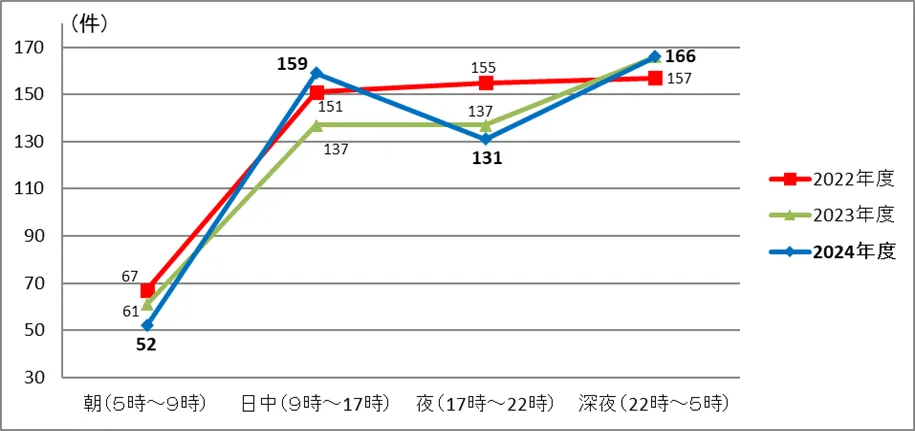
The Alarming Rise of Violence Against Railway Employees in Japan
Rising Incidents of Violence Against Railway Workers in Japan
In a troubling trend, the number of violent incidents against railway employees in Japan has shown a marked increase. According to recent data gathered across 38 railway operators, including Japan Railway (JR) companies and various city transit systems, a total of 522 cases of violence were reported for the fiscal year spanning from April 2024 to March 2025. This represents a slight increase compared to the previous year, which had 517 incidents across 37 operators.
Historical Context
The pandemic, particularly between fiscal years 2020 and 2021, initially led to a decrease in these violent incidents, likely due to reduced ridership and heightened safety protocols. However, statistics reveal a significant resurgence of violence starting in 2022, which has persisted into the current fiscal year, maintaining a rate consistent with last year's disturbing levels.
Monthly analysis indicates that from November to February, all months experienced a greater number of incidents compared to the same months in the previous year. Furthermore, weekends, particularly Fridays and Saturdays, are highlighted as peak days for violence, with late-night hours seeing the highest frequency of reported cases.
Profile of Incidents
A particularly alarming statistic is that 50% of assailants involved in these incidents were found to have been drinking alcohol at the time. This points to a pressing issue in managing intoxicated individuals in public transport settings. Additionally, violent acts were reported even in scenarios where alcohol consumption was not involved. The age distribution of perpetrators showed no significant skew, indicating that individuals from across various age ranges are implicated in these incidents.
Preventive Measures in Place
Railway companies are responding to this troubling trend with a variety of preventive initiatives. These include:
- - Awareness campaigns via posters promoting safe conduct.
- - Increased police presence and the employment of security personnel at stations.
- - Training programs for frontline station staff to better manage confrontational situations.
- - The installation of surveillance cameras in both station environments and onboard trains.
These efforts are not merely reactive; they are intended to create a more secure atmosphere for both workers and passengers alike. The railway industry advocates for public awareness regarding these incidents, believing that informed passengers may act as deterrents to potential offenders.
Continuing the Fight Against Violence
The railway sector asserts that violence against its employees will not be tolerated. There is a call for unity among all operators to adopt a resolute stance against such behavior. The collective message is clear: railway staff must feel safe in their workplaces, and passengers should feel secure while using public transport services.
The results and analyses regarding violent incidents are ongoing, with forthcoming reports highlighting trends in offenders' ages, the locations of assaults, and the spuriously entrenched problems behind these acts. Understanding these variables is crucial to crafting effective responses and fostering a culture where violence is entirely unacceptable.
In conclusion, the alarming rise in violence against railway employees underscores a broader issue that necessitates comprehensive strategies and persistent public awareness campaigns. The railway industry's future depends on safeguarding those who work within this essential public service, ensuring their safety while providing reliable transport for all.
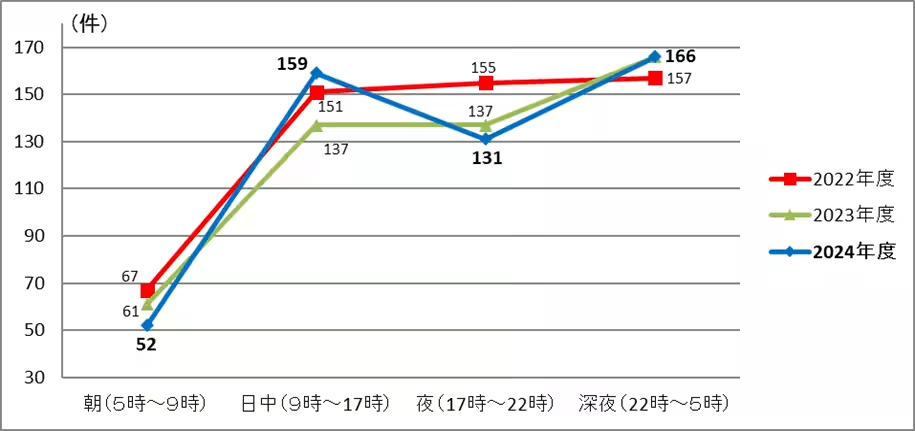
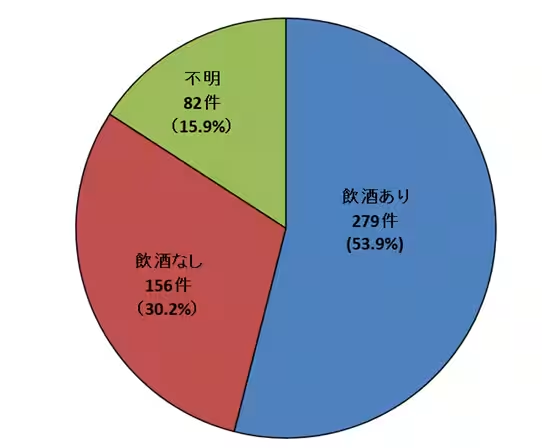
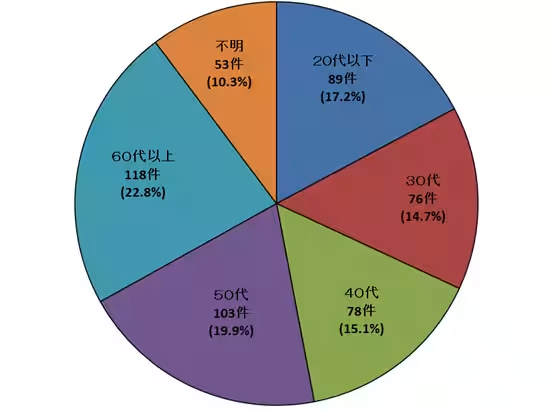
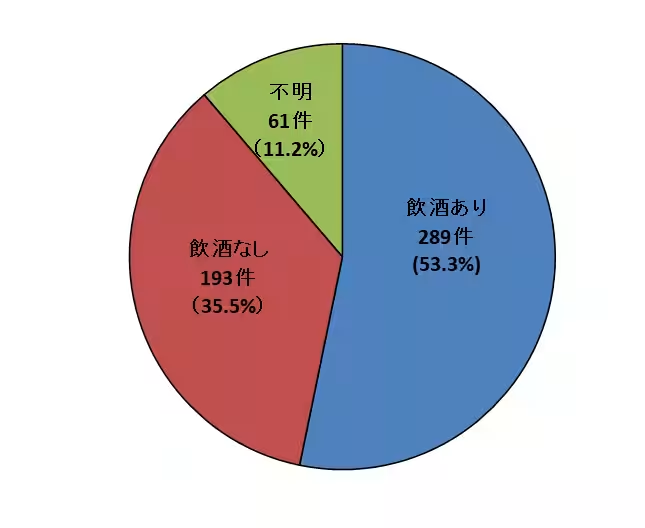
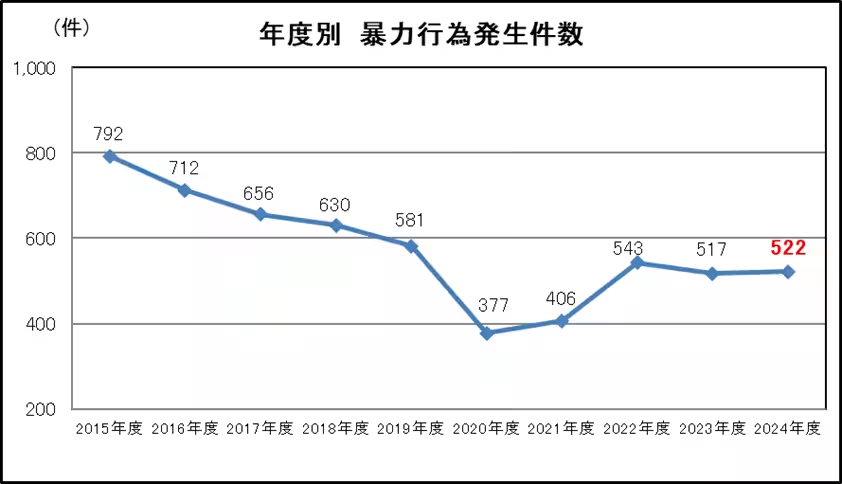
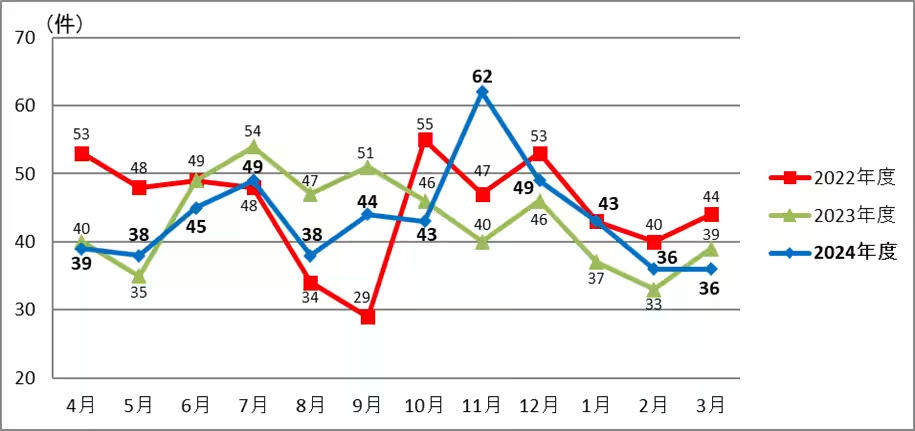
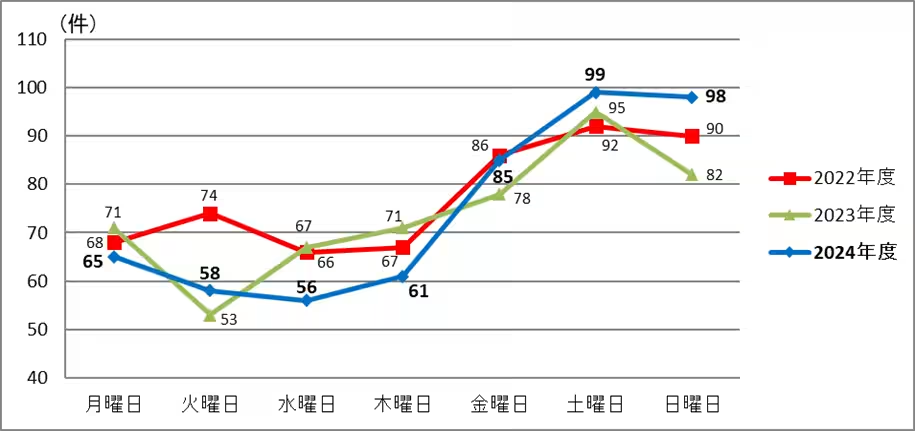
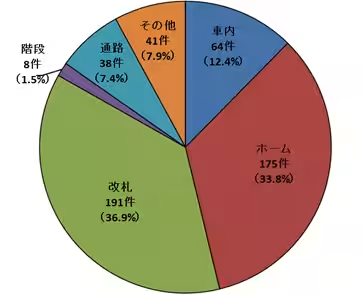
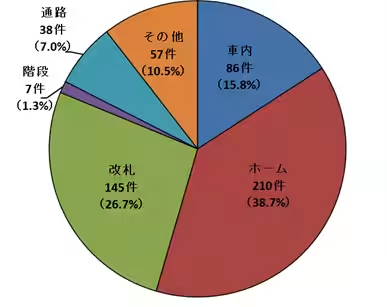
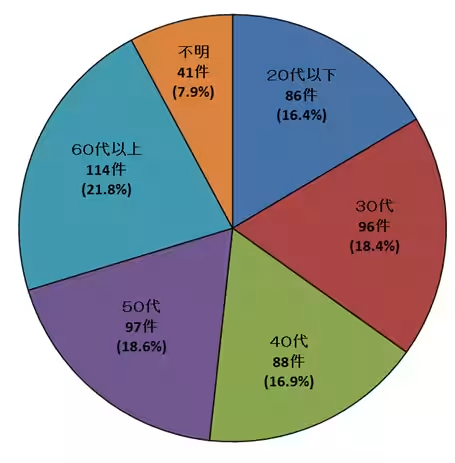
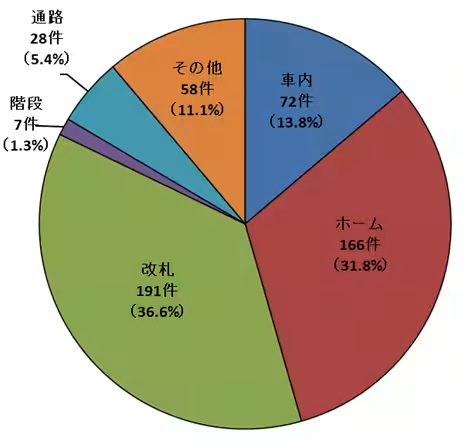
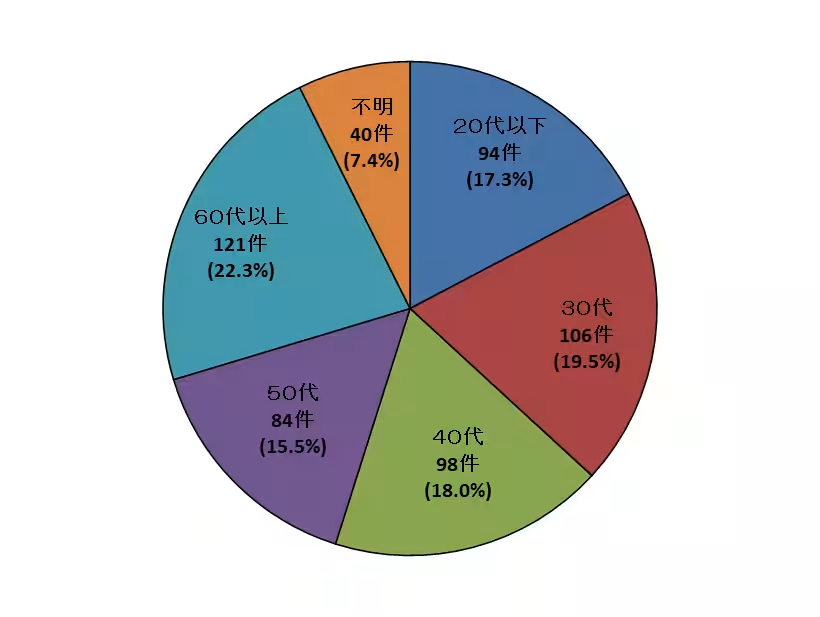
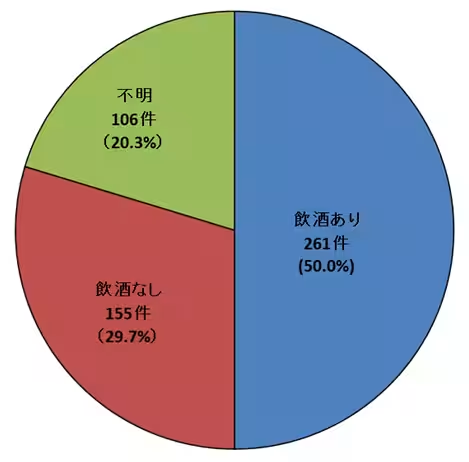
Topics Other)










【About Using Articles】
You can freely use the title and article content by linking to the page where the article is posted.
※ Images cannot be used.
【About Links】
Links are free to use.